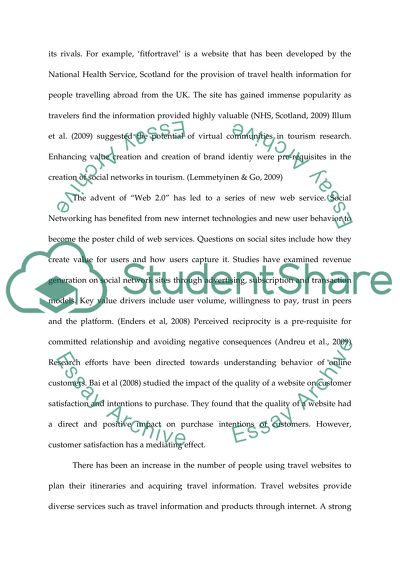Cite this document
(“Impact of Social Networking Evaluation on Travel Websites Essay”, n.d.)
Impact of Social Networking Evaluation on Travel Websites Essay. Retrieved from https://studentshare.org/information-technology/1561074-impact-of-social-networking-evaluation-on-travel-websites
Impact of Social Networking Evaluation on Travel Websites Essay. Retrieved from https://studentshare.org/information-technology/1561074-impact-of-social-networking-evaluation-on-travel-websites
(Impact of Social Networking Evaluation on Travel Websites Essay)
Impact of Social Networking Evaluation on Travel Websites Essay. https://studentshare.org/information-technology/1561074-impact-of-social-networking-evaluation-on-travel-websites.
Impact of Social Networking Evaluation on Travel Websites Essay. https://studentshare.org/information-technology/1561074-impact-of-social-networking-evaluation-on-travel-websites.
“Impact of Social Networking Evaluation on Travel Websites Essay”, n.d. https://studentshare.org/information-technology/1561074-impact-of-social-networking-evaluation-on-travel-websites.


